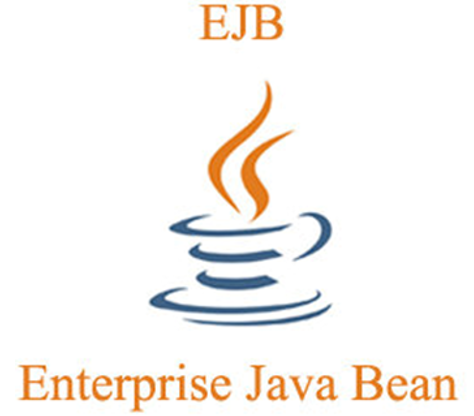Home »
Full Forms »
IT Full Forms
What is the full form of EJB?
Full form of EJB: Here, we are going to learn about the EJB, its full form, requirement of EJB, its types, usages and advantages.
By Anushree Goswami Last updated : March 26, 2024
EJB: Enterprise Java Bean
EJB is an abbreviation of Enterprise Java Bean. EJB is one of many Java application programming interfaces (API) for flexible and manageable structuring of Java Platform, Enterprise Edition (JEE) and enterprise software. It is allowed by Sun Microsystems to make easier the process of growth and expansion of huge, fixed, assured and scalable distributed applications.

EJB is a server-side and platform-independent software component that expresses the essential features of the business logic in scalable, assured, fixed, multilayer and distributed applications. Therefore, it makes easier the application developers effort by enabling them to focus on their business logic.
Requirement of EJB
- When over several sites, the data and resources are distributed.
- When the application requires to be scalable and it is centric around performance.
- When a user required organizing the transactions; the EJB web container can organize transaction limits.
- When the application requires expressing the essential features of business logic; a disjunction between business logic and presentation.
Types of EJB
EJB is divided into following three types,
1. Session Bean
A session bean is a non-persevering object; it executes the clients business logic. E.g. For an application of banking, it can compute interest on deposits.
2. Entity Bean
EJB constitutes preserving the object. It is a data constituent that preserves the data in the database.
3. Message-Driven Bean
It organizes messages that are occurring at the same time, so it is applied in an asynchronous communication framework like deriving JMS messages.
Usage of EJB
- In a Web-centric application, the EJBs will dispense the business logic that settles down behind the Web-oriented constituents, such as servlets and JSPs.
- Similarly like Web-centric applications, Thick client applications, like Swing applications will utilize EJBs.
- EJBs can also dispense a connection between the Web technologies often used to convey Business-to-business (B2B) e-commerce and following the systems of business.
- Enterprise Application Integration (EAI) applications can assimilate EJBs to conducting a task or function operations inside an organization and plotting a design between different applications.
Advantages
- Free security is dispensed, to access EJB.
- In EJB, Declarative transactions are dispensed.
- Caching and pooling both are used in EJBs to enhance performance. EJB web containers conduct EJBs life cycles.
- In EJB, Remote access proficiencies are available and are growing for scalability.
- Programming based on the usage of attributes or annotations is feasible.
- Many complicated resources are accessible for free use.
Advertisement
Advertisement